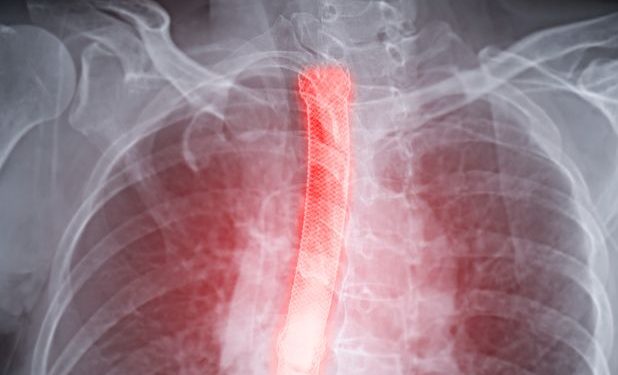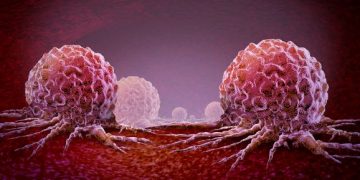Esophageal spasms are painful contractions in the muscular tube that connects your mouth and stomach, called the esophagus. The pain can feel like squeezing or pressure on the chest and lasts from a few minutes to hours. It can prevent food and liquids from moving down your throat and into your stomach. Sometimes the pain is so intense that people confuse it with heart pain (angina). It’s important to check for an esophageal cause of chest pain when it’s sudden and severe, or it occurs regularly or interferes with eating.
Reflux esophagitis is inflammation of the tissue lining your esophagus due to chronic acid reflux from the stomach. It can also be caused by infection, side effects of certain medications or a weak immune system. Infections of the esophagus can be caused by viruses, bacteria or yeast. It’s most common in people with weakened immune systems due to illness or taking medicines such as HIV or AIDS, cancer treatments or autoimmune diseases.
Symptoms of esophagitis can include a sore throat or a sensation that something is stuck in the throat. You may cough or spit up blood. You may have trouble swallowing, especially when bending or straining. X-rays can help diagnose esophagitis. The doctor may recommend barium X-rays, which provide well-defined X-rays of the esophagus and can show any narrowing or other changes. The doctor may perform an endoscopy to look directly at your esophagus. He or she may also order a test to measure the acid levels in your esophagus. You’ll need to stop taking acid-blocking medicines and other GERD medications while this test is done.

Some medicines can irritate the lining of your esophagus, especially if they’re left on the esophageal lining for too long or if you take large pills and don’t swallow them with enough water. This is called drug-induced esophagitis. It can occur with painkillers, antibiotics, drugs for osteoporosis and some antidepressants.
You can improve your symptoms by avoiding foods or drinks that seem to trigger the spasms. You can also try letting hot or cold foods and beverages cool down before you eat them. Some people also find relief from relaxation techniques, exercise and sleeping more. If other treatment options don’t help, a surgery called myotomy can weaken esophageal contractions and reduce the spasms. This procedure is usually considered only if other treatments don’t work. Another new procedure called POEM is a minimally-invasive way to treat esophageal spasms. During this procedure, the muscle at the lower end of the esophagus is cut to weaken it. This can help reduce esophageal spasms and improve your ability to eat and drink without causing pain. Long-term results of this surgery haven’t been studied.









